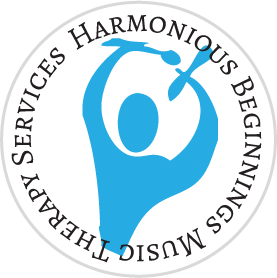Access Checkpoints
July 13, 2020
Through my masters course work at Cardinal Stritch University, I keep running across this Universal Design Thinking (UDL). So what is it? It’s a way of thinking/ a new approach to teaching that gives every student and equal opportunity to succeed. Every student, including the kids in regualr classes, the kids in special ed classes, the kids with behavior problems, the kids in ESL classes, and the gifted and talented kids- everyone is starting from a unique place, depending on their abilities, their socio-economic status, their prior knowledge and experience, their strengths and challenges. When we consider each learner individually we find that everyone has uniquely different ways to learn. UDL teaching methods are universal and when applied as a framework for our approach to teaching, each student can learn, make improvements and take their learning to the next level.
So as I considered ways to incorporate these methods into my lesson planning, I started to get excited. The more I learn about UDL, the more I realize that lessons can be structured within this framework to give the students ownership in their education and the more thoughtfully I design my curriculum on the front end, the less work it will be once school is back in session. I will ba able to spend my time with students individually to help guide them through a process they have helped to create and when they are part of that process, they are internally motivated to succeed.
So let’s unpack this method of thinking. There are 3 guiding principles that are broken down into 3 categories. The principles are engagement, representation, and action & expression. Then they are considered across 3 phases of learning: how student access the material, how they build on the material and how they internalize the material. For the planning purposes, as I look at my general music unit plans, I would like to discuss the first stage of each principle- accessing the material. Using these guidelines, I can set up a structure that will work for any unit througout the year.
Under the principle of egagement, the lessons should offer multiple ways to recruit interest for every student, so offering student choice and autonomy is key to access of information. Finding a way to relate the material to the learner’s personal life helps to motivate students, whether it’s through their culture or their social life in a way that is meaningful to them. The exploration of the material should allow for active engagement and experimentation so that students are hands on with the information and learning through self motivated research, finding imaginative ways to solve problems creatively.
In the area of access, we can also consider the second principle, represeantation, which basically boils down to a multi-media approach to presenting material. You may have students that are hands on learners, visual learners, some auditory learners or others that are non-enlish speaking, so consider presenting information to multiple senses- visuals are important, just like presenting material audibly. Can you get them moving as they absorb information? Can they taste as they learn about nutrition? Perception happens in so many ways and through every sense, it’s not enough to just assign a chapter of reading anymore.
In the same way that material is presented in multiple ways, we want to give students the opportunity to respond in multiple ways, which brings us to the third principle- action & expression. How do your students express responses? In music, this is integral to the material. Take the response beyond pencil and paper. Offer as many alternatives and adaptive equipment as possible. In a rhythm unit, students can write out a rhythm, play it on a drum, speak a rhythm, use a garage band app to create a rhythm or a touch pad to respond to rhythm. They can even dance to the rhythm in a creative way that allows the rhythm to be expressed.
In a general music class, I can see countless ways to structure many options into project-based learning and still touch on every learning standard necessary. When we take teaching out of the box and consider the countless ways our students learn, it’s only logical to provide multiple opportunities to express the acquisition of knowledge. As teaching evolves, so will our students and they will be better prepared for the 21st century; purposeful & motivated, resourceful & knowledgeable, strategic & goal directed with competence in self-regulation, comprehension and executive function. When this happens, teachers can focus on the teaching part of teaching as opposed to the discipline part of teaching and everyone’s time will be better spent.
For more information on how to use the Universal Design Thinking for your teaching methodology, go to: http://udlguidelines.cast.org/



